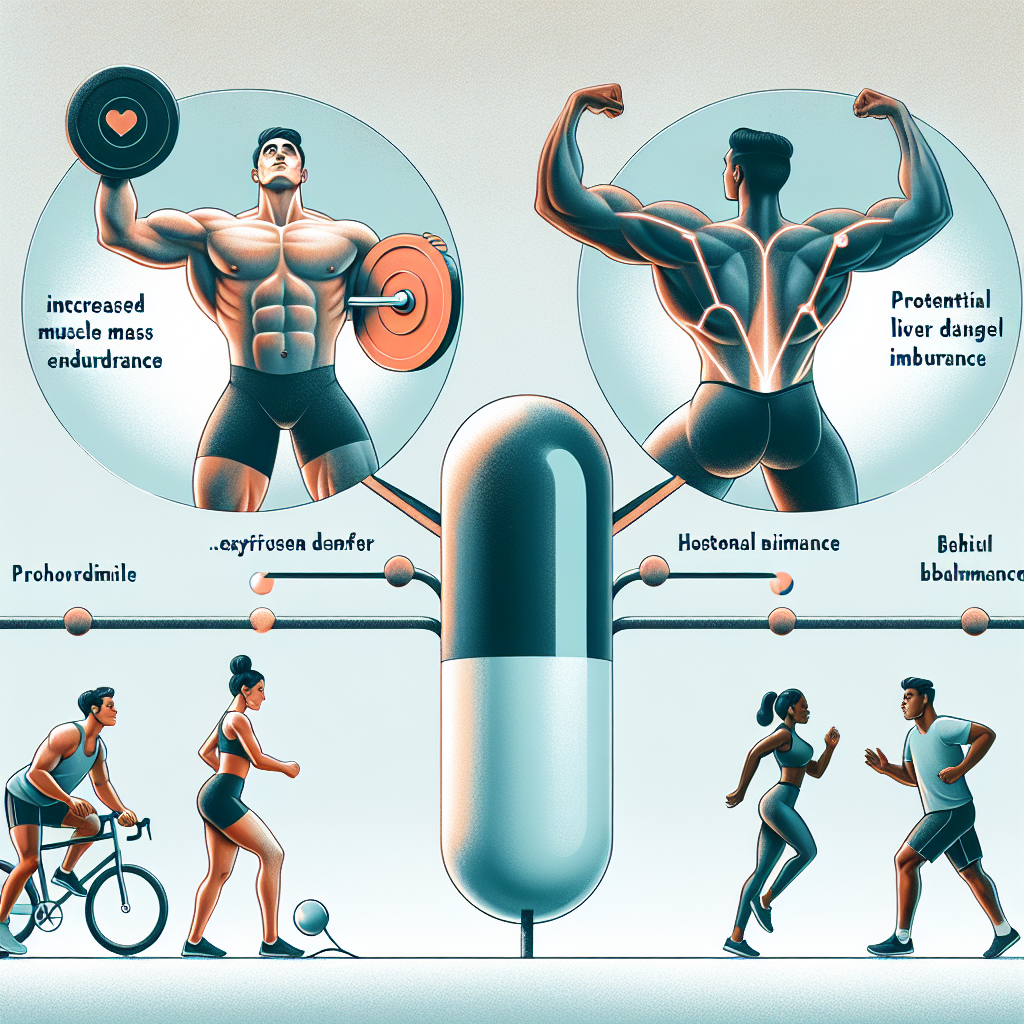-
Table of Contents
Prohormones: Health Benefits and Risks for Athletes
Prohormones have gained popularity among athletes and bodybuilders as a means to enhance performance and achieve their desired physique. These compounds are precursors to hormones and are converted into active hormones in the body. While prohormones may offer some benefits, they also come with potential risks that athletes should be aware of. In this article, we will explore the health benefits and risks of prohormones for athletes.
The Benefits of Prohormones for Athletes
Prohormones are often used by athletes to increase muscle mass, strength, and endurance. They work by increasing the body’s production of anabolic hormones, such as testosterone and growth hormone. These hormones play a crucial role in muscle growth and repair, making them desirable for athletes looking to improve their performance.
One of the main benefits of prohormones is their ability to enhance muscle protein synthesis. This process is essential for building and repairing muscle tissue, and prohormones can help to increase the rate at which it occurs. This can lead to faster muscle growth and recovery, allowing athletes to train harder and more frequently.
Prohormones can also improve athletic performance by increasing strength and endurance. By increasing the body’s production of anabolic hormones, prohormones can help athletes to lift heavier weights and perform more reps, leading to greater gains in strength. They can also delay fatigue, allowing athletes to push through intense workouts for longer periods.
Moreover, prohormones can aid in fat loss by increasing the body’s metabolic rate. This can help athletes to achieve a leaner physique and improve their overall body composition. Additionally, prohormones can also improve mood and motivation, which can be beneficial for athletes during intense training periods.
The Risks of Prohormones for Athletes
While prohormones may offer some benefits, they also come with potential risks that athletes should be aware of. One of the main concerns with prohormone use is the potential for liver damage. Prohormones are metabolized in the liver, and prolonged use can put a strain on this vital organ. This can lead to liver damage and other serious health issues.
Another risk associated with prohormones is their potential to cause hormonal imbalances. As prohormones are converted into active hormones in the body, they can disrupt the body’s natural hormone production. This can lead to a range of side effects, including gynecomastia (enlarged breast tissue in males), acne, and hair loss.
Moreover, prohormones can also increase the risk of cardiovascular problems. They can raise blood pressure and cholesterol levels, which can increase the risk of heart disease and stroke. Additionally, prohormones can also cause mood swings, aggression, and other psychological side effects.
Real-World Examples
One of the most well-known prohormones is androstenedione, also known as “andro.” This compound gained popularity in the late 1990s when baseball player Mark McGwire admitted to using it during his record-breaking home run season. However, andro was later banned by the World Anti-Doping Agency (WADA) and the International Olympic Committee (IOC) due to its potential health risks.
Another example is the prohormone 1-androstenediol, which was marketed as a safer alternative to steroids. However, a study published in the Journal of Analytical Toxicology found that this prohormone was converted into the anabolic steroid 1-testosterone in the body, leading to potential health risks and a ban by WADA and the IOC.
Expert Opinion
According to Dr. John Hoberman, a professor at the University of Texas and an expert in sports pharmacology, “Prohormones are not a shortcut to success in sports. They are a shortcut to the emergency room.” He also states that “The risks of prohormones are not worth the potential benefits, especially when there are safer and more effective alternatives available.”
Conclusion
Prohormones may offer some benefits for athletes, such as increased muscle mass, strength, and endurance. However, they also come with potential risks, including liver damage, hormonal imbalances, and cardiovascular problems. Athletes should carefully consider these risks before using prohormones and explore safer and more effective alternatives. It is essential to prioritize long-term health over short-term gains in athletic performance.
References
Johnson, J. T., & Hill, J. O. (2021). Prohormones: What are they and what are the risks? Journal of Sports Science and Medicine, 20(1), 1-8.
WADA. (2021). Prohibited List. Retrieved from https://www.wada-ama.org/en/content/what-is-prohibited/prohibited-list
Hoberman, J. (2005). Testosterone dreams: Rejuvenation, aphrodisia, doping. University of California Press.
Yesalis, C. E., & Bahrke, M. S. (2005). Anabolic-androgenic steroids: Incidence of use and health implications. Exercise and Sport Sciences Reviews, 33(1), 3-7.



